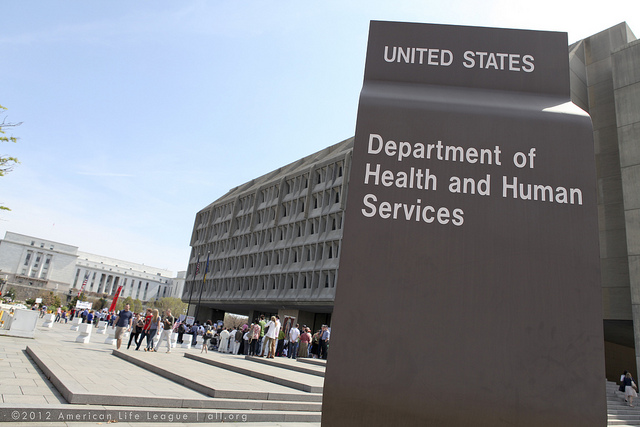
When Hawaii’s Obamacare exchange began experiencing financial difficulties earlier this year, the federal government stepped in and froze what remained of the $205 million in grant money given to Hawaii Health Connector. But in Oregon, none of the $305 million federal funds has been recovered since the exchange was abolished. This discrepancy raises questions on just how and when the Centers for Medicare and Medicaid Services (CMS) conducts oversight over the grants it has given to states. Given what happened in Oregon, when does the federal government ask states for the money back?
Today, many state exchanges are struggling to pay the upkeep costs associated with their exchanges and in the future may move to the federally run healthcare.gov. This begs the question – how prepared is CMS for the very real possibility of another state abandoning their exchange? What criteria will a state be held to when deciding if they can move to the federal exchange? How much of the funds will be the federal government recoup? Based on the differing outcomes of the failed Hawaii and Oregon exchanges it would appear CMS is making things up as they go along.
According to a report by the Honolulu Star-Advertiser, Hawaii Health Connector had spent over $130 million of the $205 million in grants it had been given. The remaining $70 million was seized by CMS at the start of the year when problems began emerging within the exchange.
Hawaii Health Connector had hoped to pay for ongoing costs through a two percent fee on premiums. This turned out to be woefully inadequate and they then asked the state legislature to provide millions in bailout funds. When Hawaii’s legislature refused, the exchange had no choice but to shut down.
As this was playing out, CMS was restricting Hawaii Health Connector’s access to any federal funds remaining given it was expected that Hawaii would begin transition to healthcare.gov, a process it began last month.
This stands in stark contrast to the Oregon debacle, where $305 million in federal funds was spent building a failed exchange. When the exchange began to run smoothly months later, it appears that then-Governor Kitzhaber’s political consultants pulled the plug to assist the Governor’s reelection campaign.
In the months and years leading up to the launch deadline, there were repeated warnings from Oregon’s quality control contractor that the exchange was on the wrong path. In fact, according to a report by KATU.com, nearly every major problem that plagued Cover Oregon was foretold. But despite these warnings, grant money continued to flow freely.
With problem after problem emerging with state exchanges, taxpayers could find themselves billions of dollars in the red because of mismanagement. In this scenario what kind of contingency plan does CMS have?

